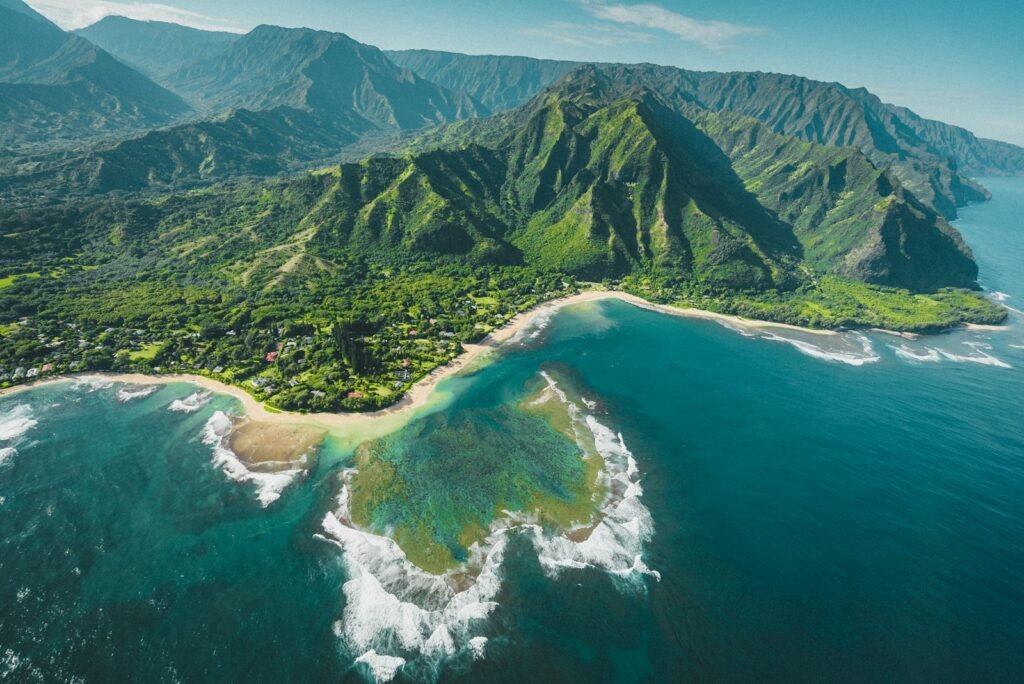Coral reefs are often called the rainforests of the sea, teeming with life and providing critical ecosystems. Among these vital oceanic treasures, Hawaii’s coral reefs stand out as a vibrant undersea paradise. However, they are facing serious threats that could jeopardize their existence. This article explores the challenges these reefs face and the measures being undertaken to safeguard them.
Understanding the Importance of Coral Reefs
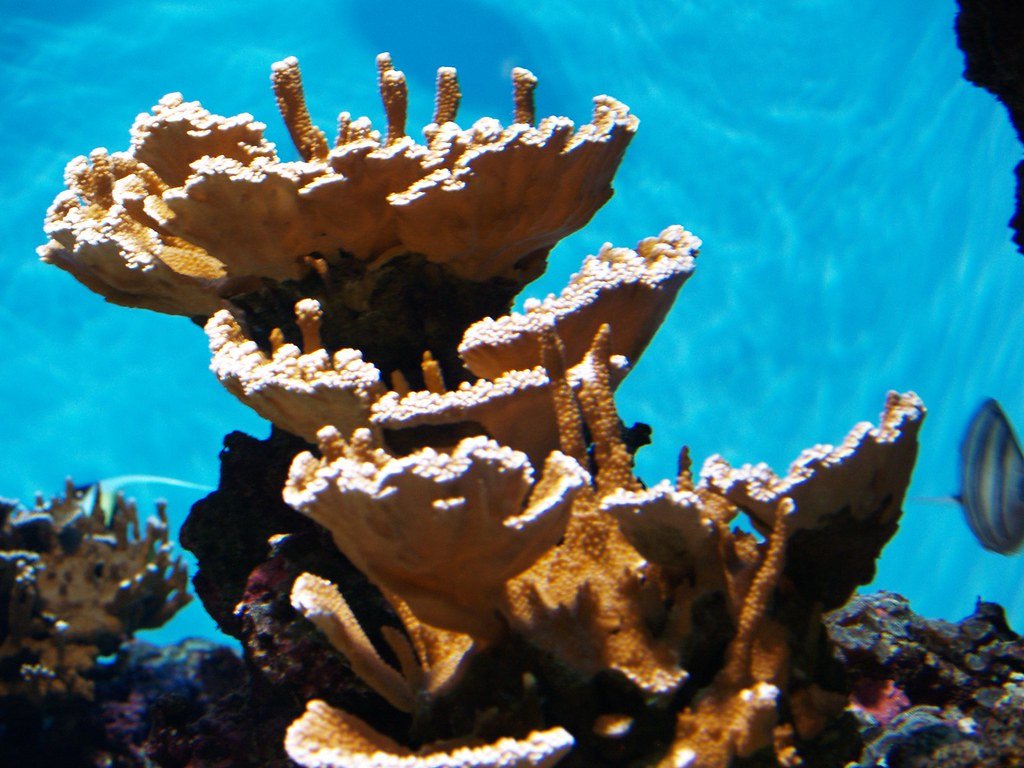
Coral reefs are diverse underwater ecosystems held together by calcium carbonate structures secreted by corals. Beyond their breathtaking beauty, they play a crucial role in maintaining ocean health. These structures provide habitats and shelter for approximately 25% of all marine species. In Hawaii, coral reefs are essential not only for marine life but also for local communities, providing food, culture, and protection from coastal erosion.
The Threats Facing Hawaii’s Coral Reefs

Hawaii’s coral reefs are under siege from a combination of natural and human-induced threats. Climate change, resulting in warming sea temperatures, has caused widespread coral bleaching. Pollution from agricultural runoff, sewage, and plastic adds to this pressure, while overfishing disrupts the delicate balance of the ecosystem. Additionally, destructive fishing practices and coastal development continue to pose significant threats.
Impact of Climate Change on Coral Bleaching

Rising ocean temperatures trigger a stress response in corals known as bleaching. During this process, corals expel the symbiotic algae living within them, causing them to turn white and become more vulnerable to disease and death. The 2014-2015 mass bleaching event in Hawaii saw extensive damage, with some areas experiencing up to 90% coral mortality. This event highlighted the urgent need for adaptive strategies against climate change.
The Role of Pollution in Coral Reef Degradation
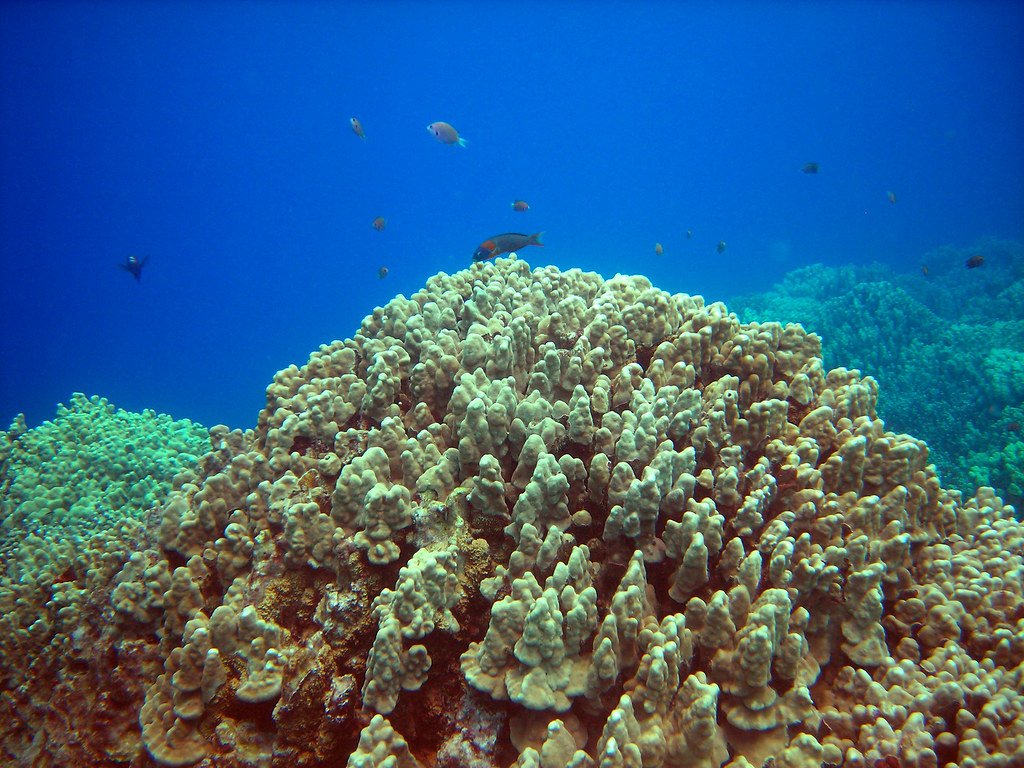
Pollution poses another significant threat to Hawaii’s coral reefs. Nutrient-rich runoff from agriculture promotes algal blooms, which can smother corals. Meanwhile, plastic pollution not only physically damages reefs but also introduces harmful chemicals into the marine environment. Efforts to reduce pollution focus on improved waste management and agricultural practices to minimize detrimental runoff.
Overfishing and Its Consequences

Overfishing disrupts the traditional food web associated with coral reefs, leading to imbalances that can weaken the entire ecosystem. It reduces the population of fish that graze on algae, allowing overgrowth that can suffocate corals. Sustainable fishing practices are being encouraged to help restore this balance and ensure the longevity of reef ecosystems.
Protecting Coral Reefs Through Marine Protected Areas
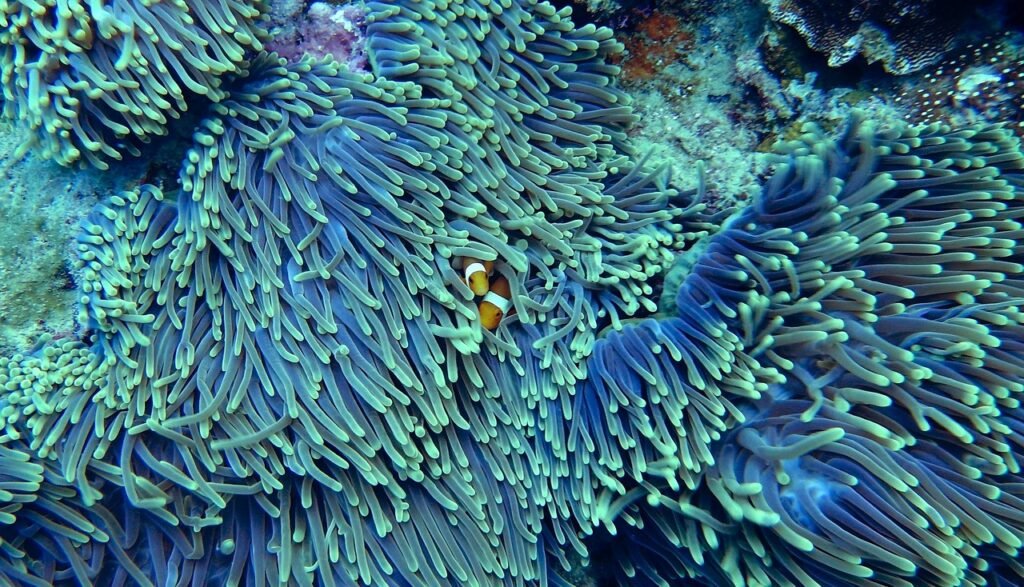
One of the most effective strategies for guarding coral reefs is the establishment of Marine Protected Areas (MPAs). MPAs restrict human activity, giving coral ecosystems a chance to recover and thrive. Hawaii has designated several MPAs to safeguard critical habitats from overfishing, pollution, and other threats, allowing scientists to monitor changes and recovery over time.
Community Involvement and Education
Local communities in Hawaii are deeply invested in the health of coral reefs, and community-based programs play a pivotal role in conservation efforts. Public education campaigns raise awareness about the importance of coral reefs and the need for sustainable practices. Engaging and empowering communities creates more vigilant stewardship and support for reef protection initiatives.
Innovative Coral Restoration Techniques
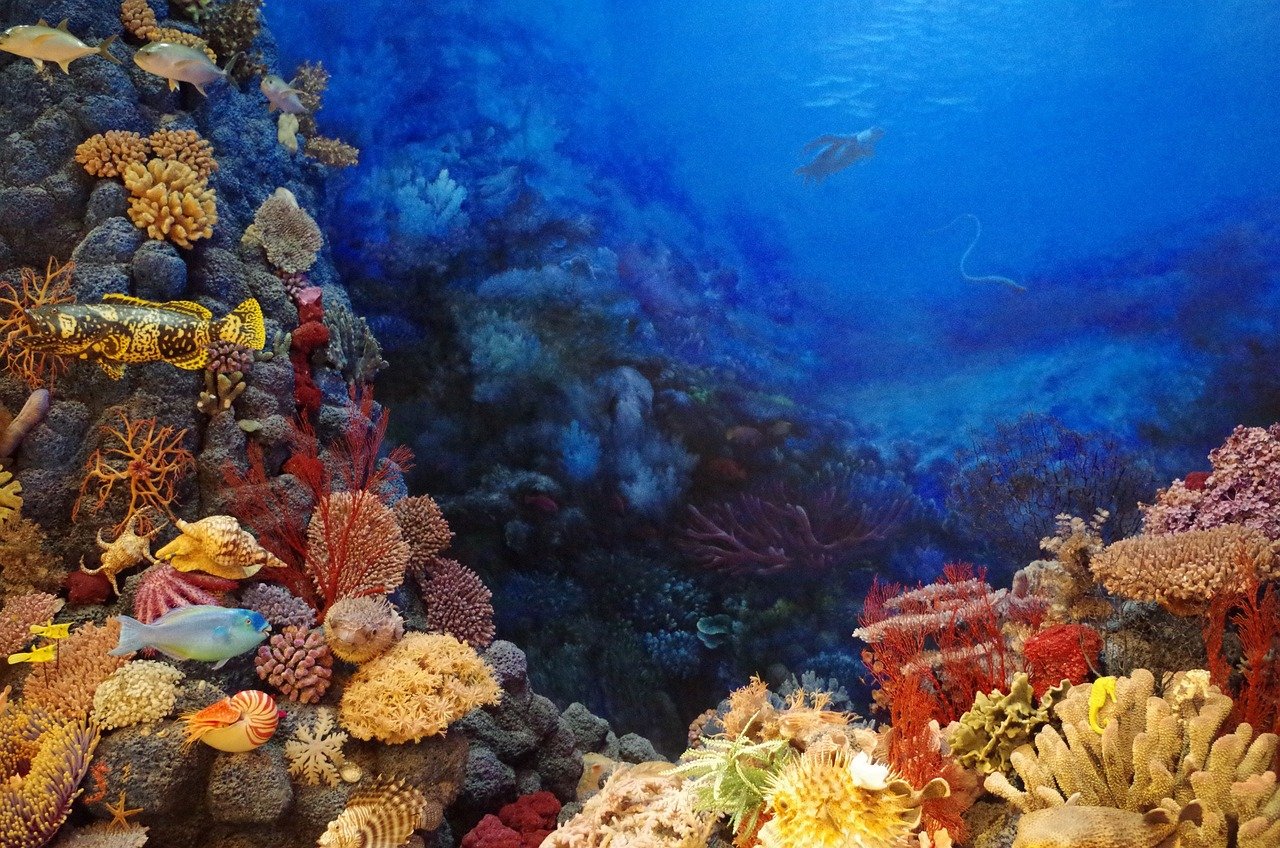
Advances in coral restoration techniques provide a glimmer of hope for damaged reefs. Researchers are experimenting with coral gardening, where fragments of corals are grown in nurseries and then planted back onto the reef. Innovative techniques, like selective breeding for heat-resistant coral species, are also being explored to foster resilience against climate change.
The Role of Policy and Legislation
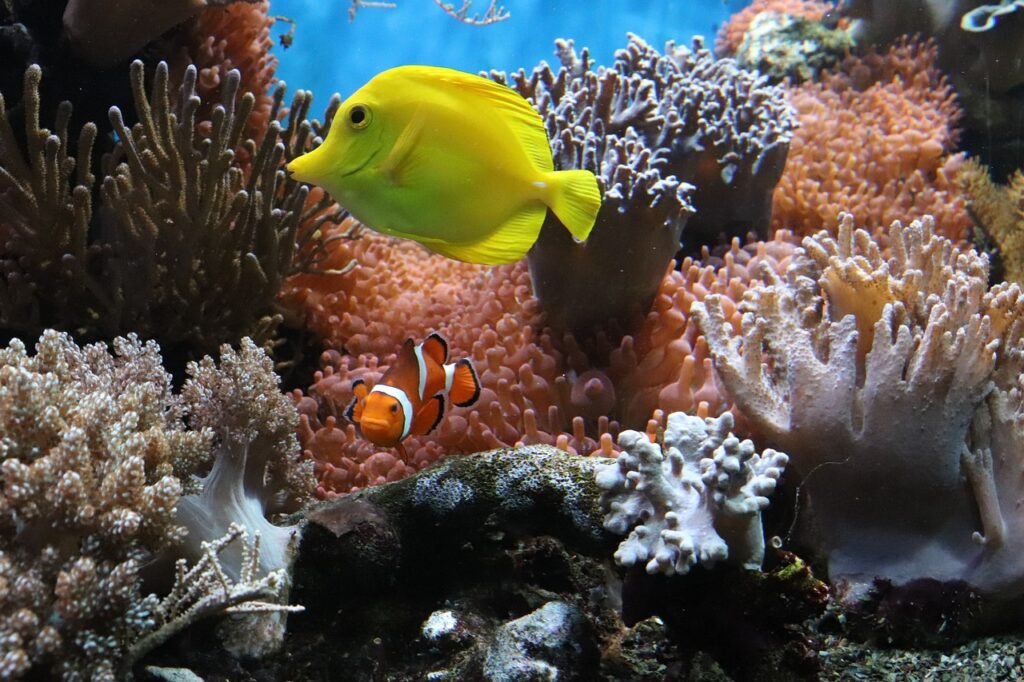
Legislative measures form the backbone of protective strategies for coral reefs. Hawai’i has implemented laws to improve water quality, control fishing practices, and limit coastal development. Collaboration between government agencies, non-profit organizations, and research institutions is critical for creating effective policies that prioritize long-term reef health.
Conclusion: A Call to Action for Future Generations
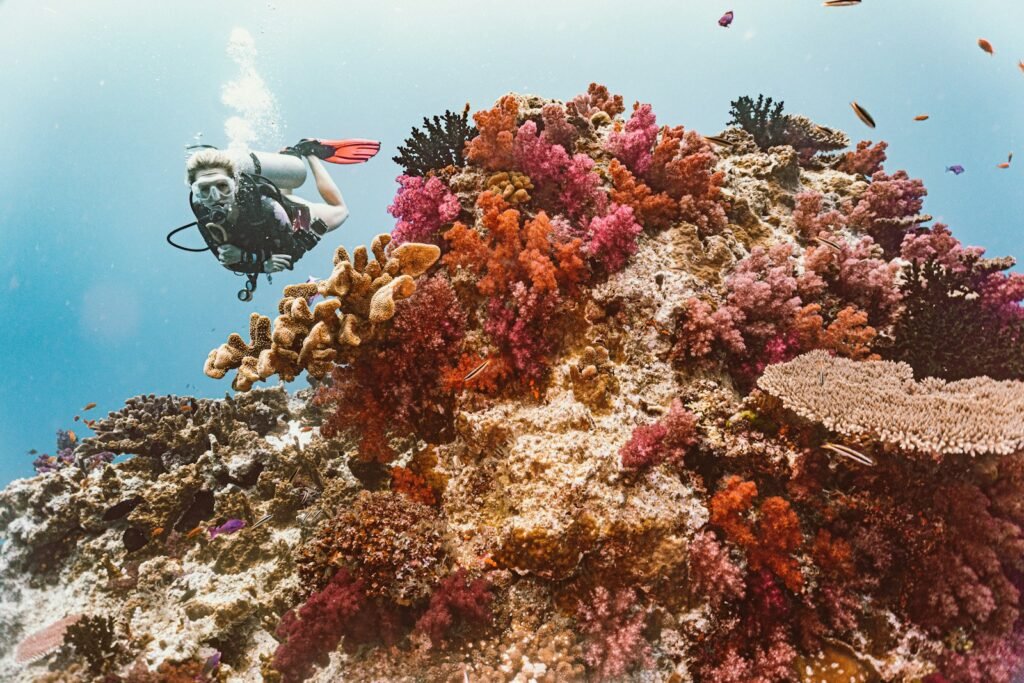
The perilous state of Hawaii’s coral reefs underscores the need for global action and local commitment. A blend of policy, conservation, community engagement, and scientific innovation is necessary to protect and restore these vital ecosystems. By acting now, we can ensure that future generations inherit a vibrant and thriving oceanic paradise, reflecting the resilience of our natural world.
In conclusion, Hawaii’s coral reefs are both irreplaceable treasures and essential components of marine and human life. Through combined efforts, we can pivot from a trajectory of decline to one of recovery, securing the future of these underwater wonders.

